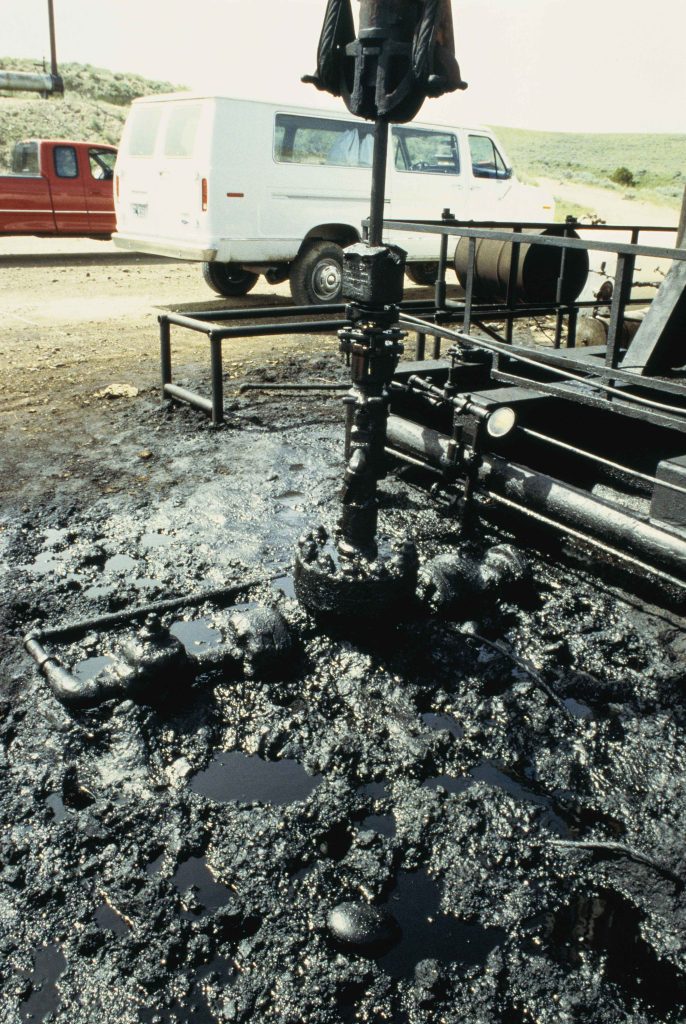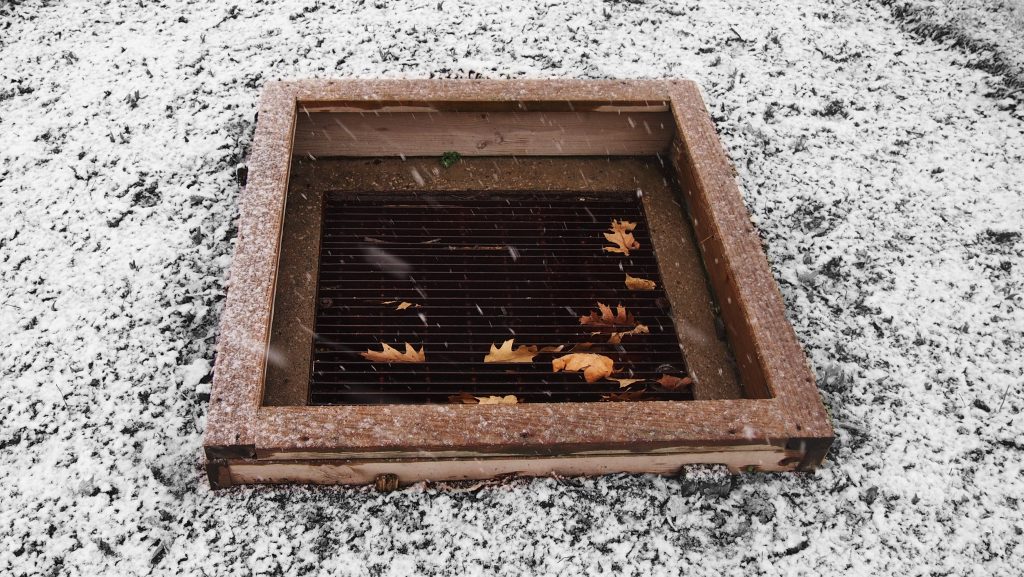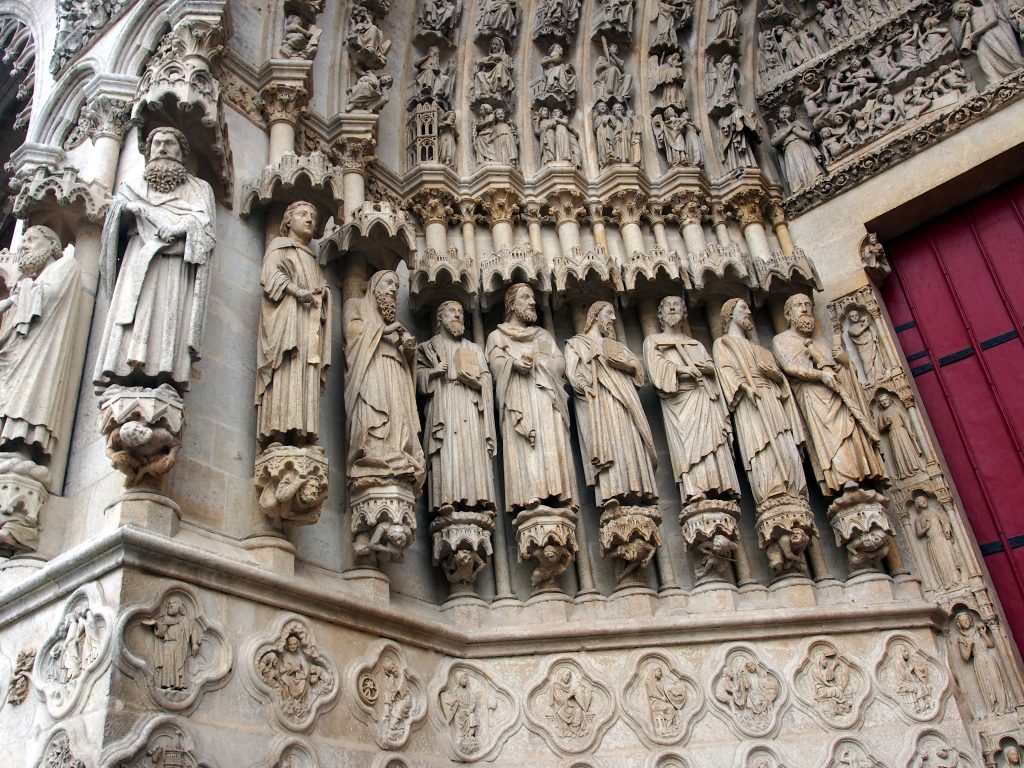 When multiple people are injured in the same incident, you might expect they are all eligible to recover the same type of damages, even if the precise dollar amount varies. This case indicates how the categories of damages awarded can vary by plaintiff, depending on the testimony and other evidence presented at trial.
When multiple people are injured in the same incident, you might expect they are all eligible to recover the same type of damages, even if the precise dollar amount varies. This case indicates how the categories of damages awarded can vary by plaintiff, depending on the testimony and other evidence presented at trial.
Fourteen workers at the Citgo Petroleum Corporation refinery in Lake Charles, Louisiana, were exposed to hydrogen sulfide and sulfur dioxide following a gas release. The workers suffered various symptoms, including nasal irritation, headaches, and chest pain. The workers filed a lawsuit against Citgo, arguing their symptoms resulted from the gas release. The trial court awarded nine of the fourteen plaintiffs damages for fear of future injury. All fourteen plaintiffs received damages for mental anguish/loss of enjoyment of life. Citgo appealed.
On appeal, Citgo argued the trial court erred in awarding nine plaintiffs damages for fear of future injury because there was no evidence that the gas release could cause them future health problems. To recover for fear of future injury, a plaintiff must show a possibility of such damages from the tortious conduct. See Broussard v. Olin Corp. At trial, even the plaintiff’s expert witness did not testify that the plaintiffs were at risk for future health problems from the gas release. Additionally, there were studies presented indicating there were no known future health issues from similar exposures. Therefore, the appellate court found the trial court’s award of damages for future injuries was “mere speculation” and reversed the trial court’s award of damages for fear of future injuries to the nine plaintiffs.
 Louisiana Personal Injury Lawyer Blog
Louisiana Personal Injury Lawyer Blog


 While headlines often tout substantial monetary awards for injured workers, the intricacies of such compensation might remain shrouded in mystery. Behind every high-stakes verdict lies a meticulous process of presenting compelling evidence to substantiate the array of damages claimed. In a recent case involving workers at a Firestone Polymers plant, the multifaceted nature of damages is unveiled, shedding light on the need for robust legal representation to navigate the diverse categories of compensation.
While headlines often tout substantial monetary awards for injured workers, the intricacies of such compensation might remain shrouded in mystery. Behind every high-stakes verdict lies a meticulous process of presenting compelling evidence to substantiate the array of damages claimed. In a recent case involving workers at a Firestone Polymers plant, the multifaceted nature of damages is unveiled, shedding light on the need for robust legal representation to navigate the diverse categories of compensation. In the realm of medical malpractice, the intricacies of the legal process can often appear daunting, especially when juxtaposed against the heart-wrenching backdrop of a stillborn baby’s tragedy. K Arceneaux found herself entangled in this very confluence of circumstances, seeking justice for her devastating loss while grappling with legal procedure demands. As the mother’s quest for accountability unfolds, a crucial question emerges: Can a plaintiff prevail in a medical malpractice case without the indispensable backing of expert testimony?
In the realm of medical malpractice, the intricacies of the legal process can often appear daunting, especially when juxtaposed against the heart-wrenching backdrop of a stillborn baby’s tragedy. K Arceneaux found herself entangled in this very confluence of circumstances, seeking justice for her devastating loss while grappling with legal procedure demands. As the mother’s quest for accountability unfolds, a crucial question emerges: Can a plaintiff prevail in a medical malpractice case without the indispensable backing of expert testimony? To succeed in a lawsuit, it is not enough that your claim has merit. Rather, you must also comply with sometimes complex procedural requirements. These requirements include strict time limits in which you must file your claim. Otherwise, even if your claim has merit, it could be dismissed because of a peremptory exception of prescription. The following lawsuit involving bad faith insurance claims shows just how critical timely filing and proper crafting of a lawsuit are to preserve all of your claims.
To succeed in a lawsuit, it is not enough that your claim has merit. Rather, you must also comply with sometimes complex procedural requirements. These requirements include strict time limits in which you must file your claim. Otherwise, even if your claim has merit, it could be dismissed because of a peremptory exception of prescription. The following lawsuit involving bad faith insurance claims shows just how critical timely filing and proper crafting of a lawsuit are to preserve all of your claims.  A homeowner’s insurance policy can help protect you if someone is injured on your property. However, like any insurance policy, a homeowner’s insurance policy can include many exclusions that limit what type of injuries your insurance policy will cover. If such an exclusion applies to your claim, your insurance company will likely try to claim it is not responsible for the pay the damages claimed. This can result in complex litigation, including complicated procedural devices such as the peremptory exception of no right of action at issue in the following case.
A homeowner’s insurance policy can help protect you if someone is injured on your property. However, like any insurance policy, a homeowner’s insurance policy can include many exclusions that limit what type of injuries your insurance policy will cover. If such an exclusion applies to your claim, your insurance company will likely try to claim it is not responsible for the pay the damages claimed. This can result in complex litigation, including complicated procedural devices such as the peremptory exception of no right of action at issue in the following case. The rugged world of oil well labor often serves as a crucible of challenges, where hard work meets unforeseen perils. Within this demanding landscape, a legal saga unfolds, revealing the harrowing tale of two injured workers and the intricate journey through a labyrinthine appeals process. Their journey from the fiery depths of an explosion to the halls of justice sheds light on the complexities that can arise even after a jury’s verdict, providing a stark reminder of the importance of legal expertise in navigating this tumultuous terrain.
The rugged world of oil well labor often serves as a crucible of challenges, where hard work meets unforeseen perils. Within this demanding landscape, a legal saga unfolds, revealing the harrowing tale of two injured workers and the intricate journey through a labyrinthine appeals process. Their journey from the fiery depths of an explosion to the halls of justice sheds light on the complexities that can arise even after a jury’s verdict, providing a stark reminder of the importance of legal expertise in navigating this tumultuous terrain. Imagine walking through your neighborhood only to be seriously injured from tripping over a wire frame on a storm drain. The following case considers whether such a condition is open and obvious. This is an important consideration because if a condition is found to be open and obvious, then defendants do not have a duty to protect people from the condition.
Imagine walking through your neighborhood only to be seriously injured from tripping over a wire frame on a storm drain. The following case considers whether such a condition is open and obvious. This is an important consideration because if a condition is found to be open and obvious, then defendants do not have a duty to protect people from the condition.  The vibrant spirit of Mardi Gras parades, with their kaleidoscope of colors and joyous revelry, often paints a picture of unadulterated celebration. Yet, beneath the surface of these festivities, unexpected tragedies can unfold, turning the jubilation into a legal labyrinth. Such was the case in Franklin, Louisiana, where a moment of revelry took a distressing turn as a float participant was tragically injured during a parade. What followed was a legal showdown, entangling federal regulations, contractual intricacies, and the question of liability. Amidst the sparkle and confetti, a courtroom drama unfolded, revealing the complex legal considerations surrounding the incident.
The vibrant spirit of Mardi Gras parades, with their kaleidoscope of colors and joyous revelry, often paints a picture of unadulterated celebration. Yet, beneath the surface of these festivities, unexpected tragedies can unfold, turning the jubilation into a legal labyrinth. Such was the case in Franklin, Louisiana, where a moment of revelry took a distressing turn as a float participant was tragically injured during a parade. What followed was a legal showdown, entangling federal regulations, contractual intricacies, and the question of liability. Amidst the sparkle and confetti, a courtroom drama unfolded, revealing the complex legal considerations surrounding the incident. At the end of a trial, you are focused on whether or not the Judge ruled in your favor. However, it is not enough to only know who won the case, especially if you are considering an appeal. This case indicates the importance of paying attention not only to the outcome but also to the language in the final judgment the trial court issues. Louisiana has strict requirements for language that must be included in a final judgment for it to be valid so that an appellate court can hear the appeal.
At the end of a trial, you are focused on whether or not the Judge ruled in your favor. However, it is not enough to only know who won the case, especially if you are considering an appeal. This case indicates the importance of paying attention not only to the outcome but also to the language in the final judgment the trial court issues. Louisiana has strict requirements for language that must be included in a final judgment for it to be valid so that an appellate court can hear the appeal.  The legal landscape can be full of unexpected twists and turns, and one such situation arose in this perplexing lawsuit. Erika Mann’s post-Hurricane Katrina home-raising project became a legal battle when she filed a lawsuit against Tim Clark Construction LLC and their insurer, Evanston Insurance Company. As the trial court issued a judgment that seemingly favored both parties, questions arose about the validity and coherence of the ruling. Join us as we delve into the intricacies of this case and explore how an inconsistent judgment navigated its way through the appeals process.
The legal landscape can be full of unexpected twists and turns, and one such situation arose in this perplexing lawsuit. Erika Mann’s post-Hurricane Katrina home-raising project became a legal battle when she filed a lawsuit against Tim Clark Construction LLC and their insurer, Evanston Insurance Company. As the trial court issued a judgment that seemingly favored both parties, questions arose about the validity and coherence of the ruling. Join us as we delve into the intricacies of this case and explore how an inconsistent judgment navigated its way through the appeals process.